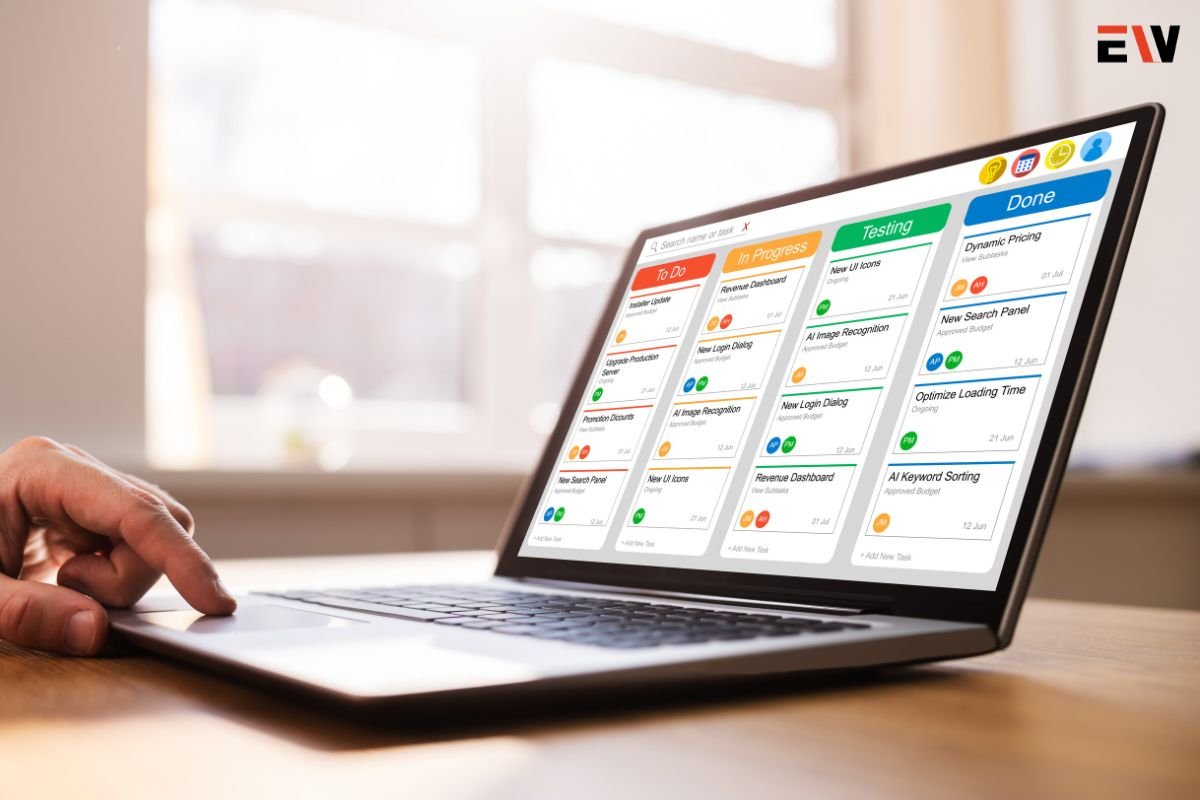In today’s fast-paced and dynamic business environment, traditional project management methodologies often struggle to keep pace with evolving requirements, shifting priorities, and rapidly changing market demands. Enter agile project management – a flexible, iterative approach that prioritizes collaboration, adaptability, and customer satisfaction to deliver value quickly and efficiently. In this comprehensive guide, we’ll delve into the essence of agile project management, explore its principles, methodologies, benefits, and best practices, and discuss how organizations can leverage agility to drive successful project outcomes in an ever-changing landscape.
Understanding Agile Project Management
Agile project management is an iterative, customer-centric approach to project delivery that emphasizes flexibility, collaboration, and responsiveness to change. It is based on the Agile Manifesto, which values individuals and interactions over processes and tools, working software over comprehensive documentation, customer collaboration over contract negotiation, and responding to change over following a plan.
What are its Key Principles?
1. Customer Collaboration
Agile projects prioritize close collaboration with customers and stakeholders throughout the development process, seeking feedback and input to ensure alignment with their needs and expectations.
2. Iterative Development

Agile projects are divided into small, manageable iterations or sprints, each delivering a potentially shippable product increment. This iterative approach allows for continuous improvement, adaptation, and feedback incorporation.
3. Adaptive Planning
Agile projects embrace change and uncertainty, recognizing that requirements and priorities may evolve over time. Planning is iterative and flexible, with an emphasis on responding to changing circumstances and emerging opportunities.
4. Self-Organizing Teams
Agile teams are cross-functional and self-organizing, with the autonomy to make decisions and adapt to changing conditions. Team members collaborate closely, share knowledge, and collectively work towards project goals.
Methodologies and Frameworks
1. Scrum
Scrum is a popular agile framework that organizes work into fixed-length iterations called sprints, typically lasting 2-4 weeks. Scrum teams use daily stand-up meetings, sprint planning, sprint reviews, and retrospectives to collaborate and deliver value incrementally.
2. Kanban

Kanban is a visual workflow management method that visualizes work items on a Kanban board, representing different stages of the workflow. Teams use Kanban boards to manage work in progress (WIP), identify bottlenecks, and optimize flow.
3. Lean
Lean principles, derived from lean manufacturing, emphasize minimizing waste, optimizing processes, and delivering value efficiently. Lean practices such as value stream mapping, continuous improvement, and pull-based workflows are often integrated into agile project management.
What are its Benefits?
1. Faster Time to Market
Agile projects deliver value incrementally, allowing organizations to release products and features more quickly and respond to market feedback in a timely manner.
2. Enhanced Flexibility and Adaptability
Agile methodologies enable organizations to adapt to changing requirements, priorities, and market conditions, reducing the risk of project failure and increasing overall flexibility.
3. Improved Stakeholder Engagement
Agile project management fosters close collaboration and communication with stakeholders, ensuring alignment with their needs and expectations throughout the project lifecycle.
4. Higher Quality Deliverables
By emphasizing continuous testing, feedback, and iteration, agile projects often result in higher-quality deliverables that better meet customer requirements and expectations.
Best Practices for Agile Project Management
1. Empower Cross-Functional Teams
Encourage collaboration and shared ownership among cross-functional teams, empowering them to make decisions and solve problems collectively.
2. Prioritize Customer Value
Focus on delivering value to customers with each iteration, prioritizing features and functionality based on their impact and importance to end-users.
3. Embrace Continuous Improvement
Foster a culture of continuous improvement, encouraging teams to reflect on their processes, identify areas for enhancement, and experiment with new approaches.
4. Foster Open Communication
Promote open communication and transparency within teams and with stakeholders, ensuring that everyone has access to relevant information and can contribute to decision-making.
Things to know before Implementing
1. Start Small and Iterate
Begin by piloting agile practices on small projects or teams, gradually scaling up as confidence and expertise grow.
2. Provide Training and Support

Offer training, coaching, and mentorship to help teams and stakeholders understand agile principles and practices and support their transition to agile project management.
3. Invest in Tools and Infrastructure
Provide teams with the tools and infrastructure they need to support agile project management, including collaboration software, project tracking tools, and automated testing frameworks.
4. Measure Success and Adapt
Define clear metrics and key performance indicators (KPIs) to measure the success of agile projects, gather feedback from stakeholders, and adapt processes and practices based on lessons learned.
Conclusion
Agile project management offers a flexible, collaborative, and iterative approach to project delivery that is well-suited to today’s fast-paced and dynamic business environment. By embracing agile principles, methodologies, and best practices, organizations can enhance their ability to deliver value quickly, adapt to change, and meet the evolving needs of customers and stakeholders.
As organizations continue to adopt and refine agile management approaches, the benefits of agility – including faster time to market, enhanced flexibility, and improved stakeholder engagement – will become increasingly evident, driving success and innovation in projects of all sizes and complexities.










